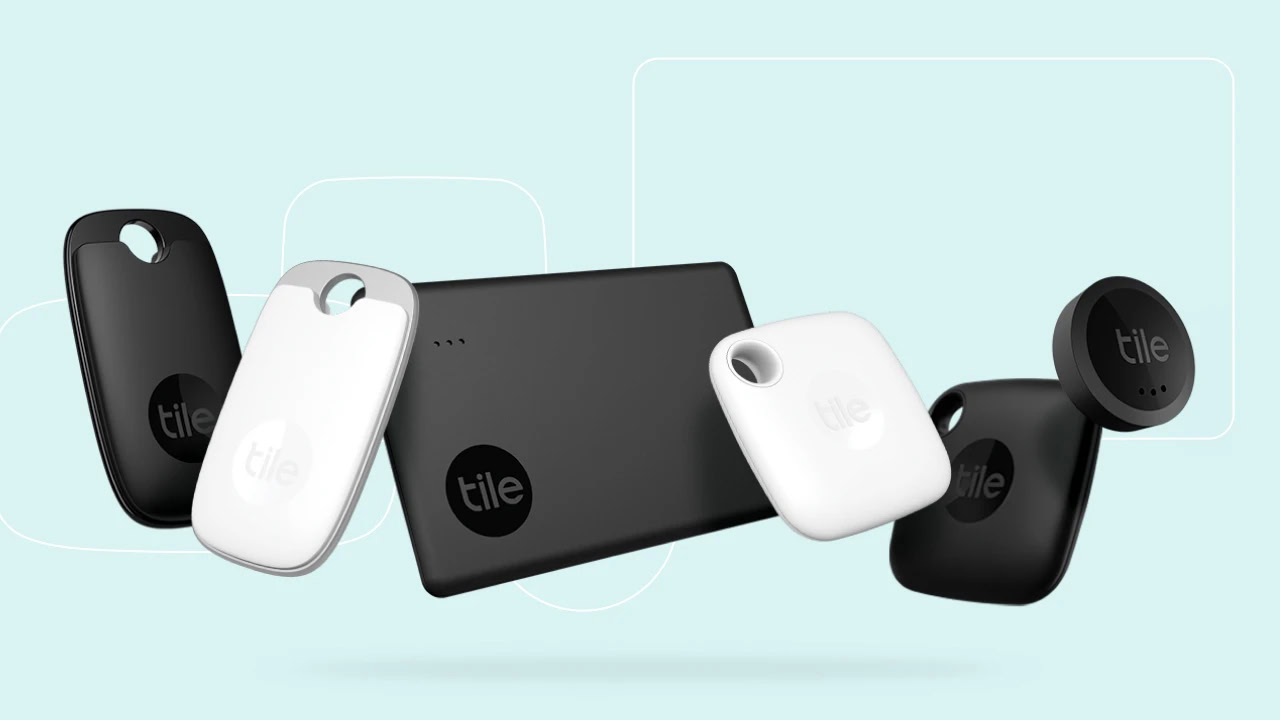Affiliate links on Android Authority may earn us a commission. Learn more.
Tile vs AirTag: Which tracking platform is right for you?
Published onApril 14, 2024

Tile and Apple’s AirTags are the most prominent players in the Bluetooth tracker market. These devices can help you locate anything they are attached to, including keys and bags. I even use them to track my vehicles.
We’re here to help if you find yourself trapped in the Tile vs AirTag debate. We’ll go over all the pros, cons, and factors to help you pick the right platform for your needs. If you’d like to learn more about one particular product, check out our full reviews at the links below.
Device options
Winner: Tile
Here’s another segment where Tile will win hands down. Apple only offers one tracking device — the AirTag. It’s small, well-designed, and works great, but you can only buy one type of tracker from Apple so far.
Meanwhile, Tile has an ample spectrum of varied devices offering different features and form factors. Tile’s tracker options include the Tile Mate, Pro, Slim, and Sticker. These are all meant to serve different purposes. For example, the Slim looks like a credit card and can fit in wallets. Meanwhile, the Mate is a small tracker that will disappear in most keychains. The Pro offers a similar experience to the Mate, but it’s bigger and more advanced. Then there’s the Sticker, which you can adhere to things like a remote.
Available Apple trackers:
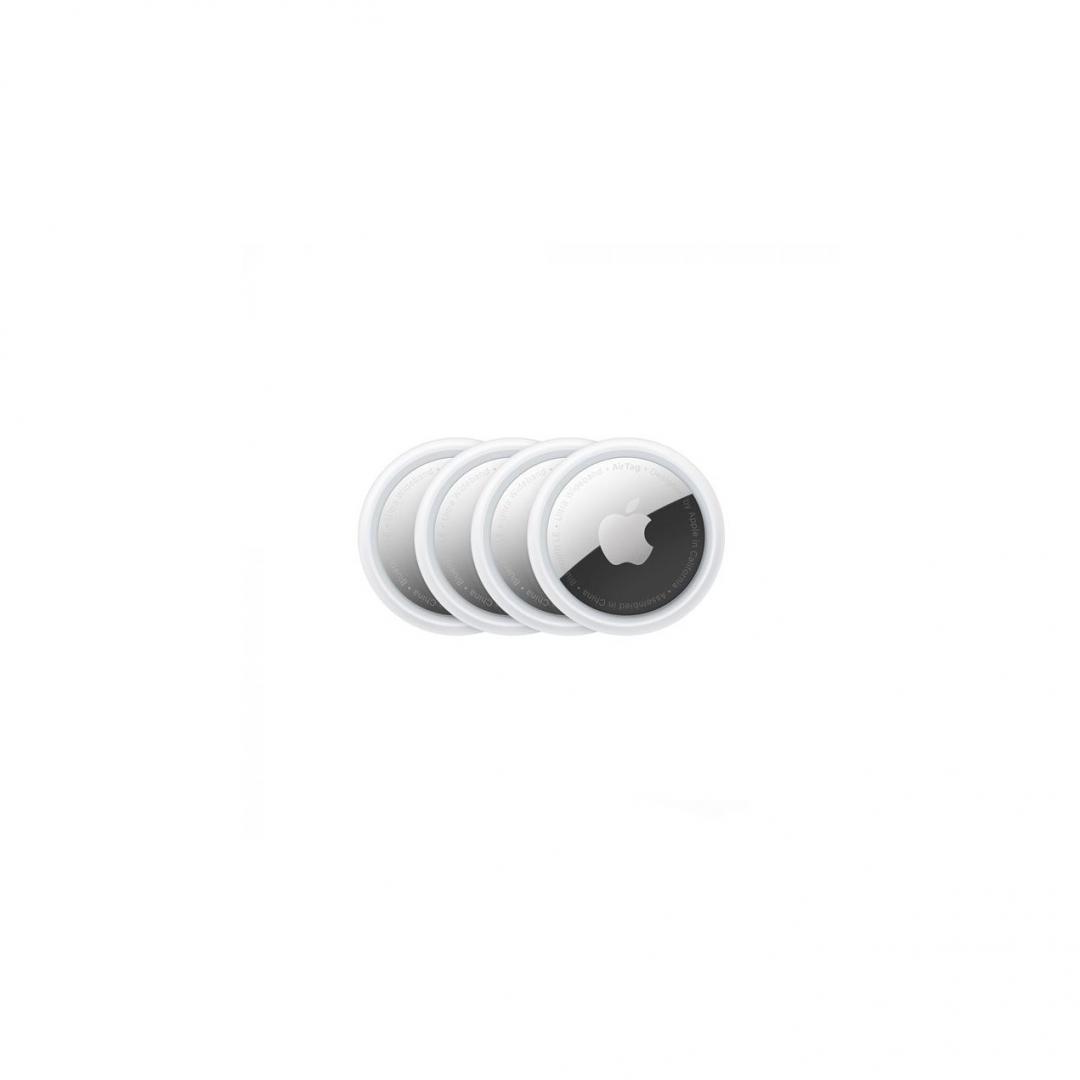

Available Tile trackers:


Three-year battery life
IP67 rating
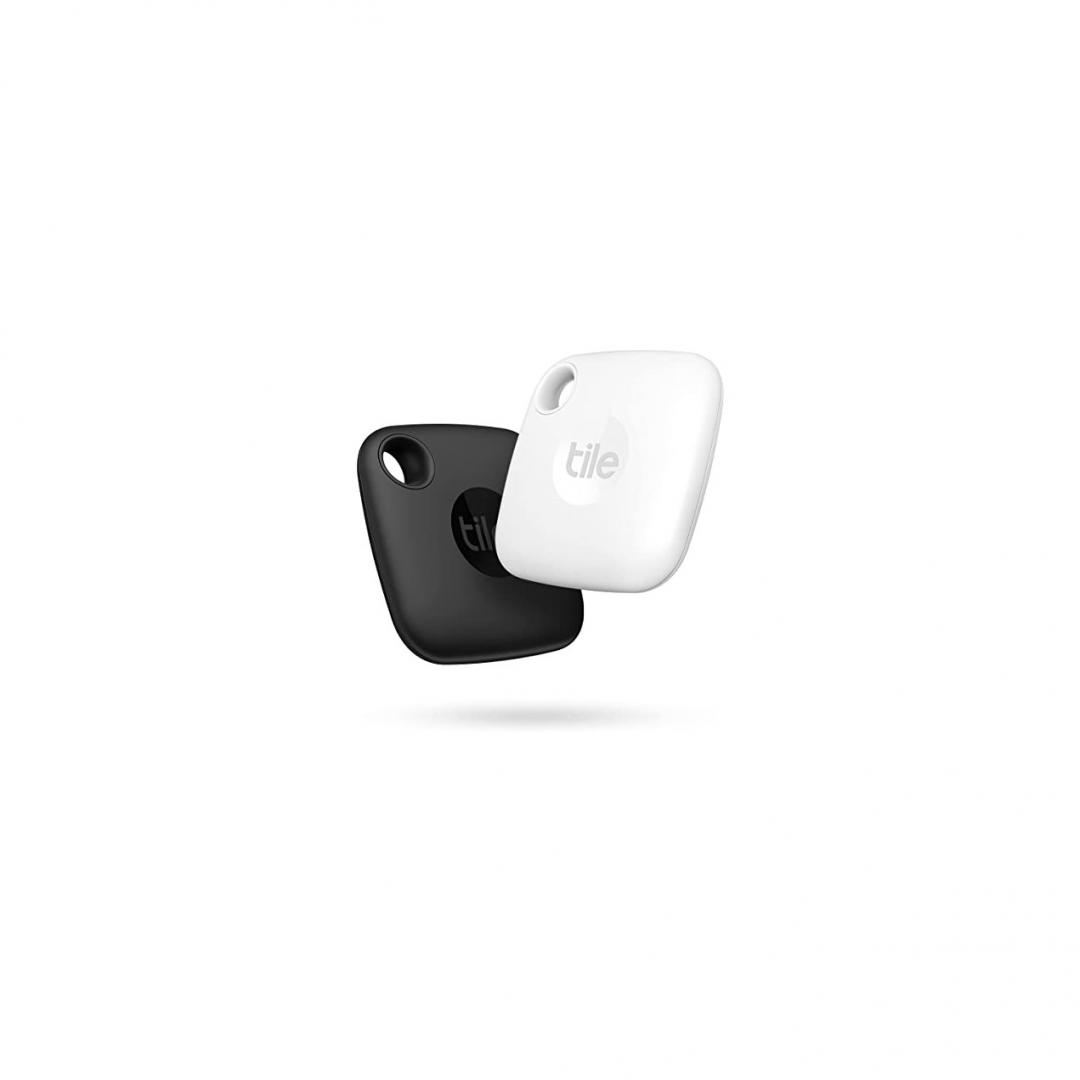

Operating system flexibility
Simple button controls
Of course, Apple has a substantial advantage you might want to consider. There are plenty of third-party accessories to go with the AirTag. Because Apple is a renowned brand with a huge following, manufacturers are quick to offer a wide variety of accessories. This means you can easily customize the AirTag experience. You can opt for different keyrings, loops, and many other holders.
Tile vs AirTag: Supported devices
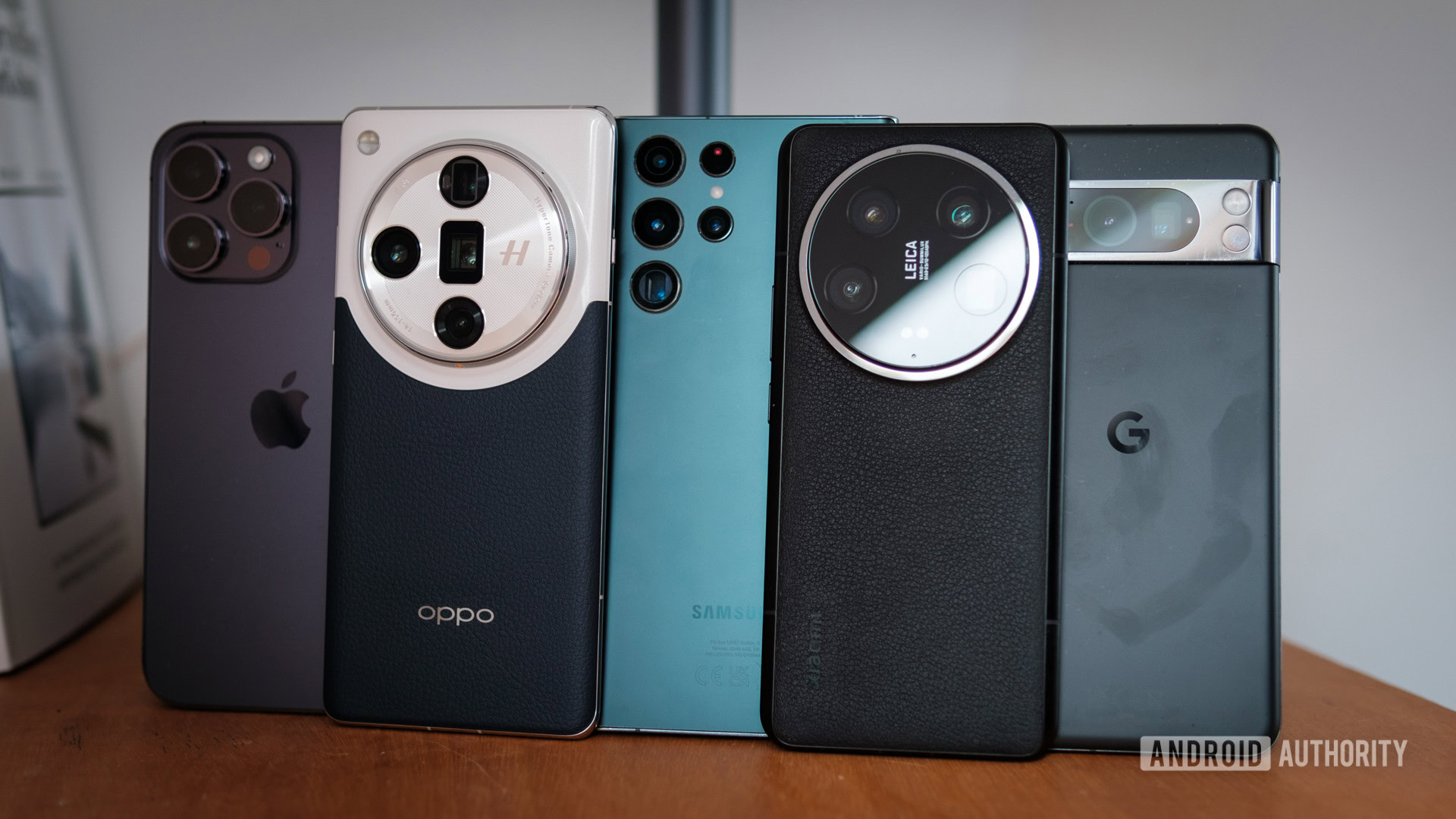
Winner: Tile
When it comes to Tile vs Airtag, one of the most significant differences is device support. AirTags only work with Apple devices, limiting its user base significantly. This means that any Android users will have to opt for Tile. Tile works with iOS and Android devices, and it even supports some smart speakers.
Tile
iOS requirements:
- iOS 16 or newer (both iPhones and iPads).
Android requirements:
- Android 9.0 or newer.
- Bluetooth 4.0 or newer.
Digital assistants and smart speakers:
- Echo/Echo Dot/Alexa.
- Google Nest/Mini/Google Assistant.
- Siri.
AirTag
AirTag requirements:
- Apple ID.
- iPhone and iPod touch models with iOS 14.5 or later.
- iPad models with iPadOS 14.5 or later.
Tile vs AirTag network
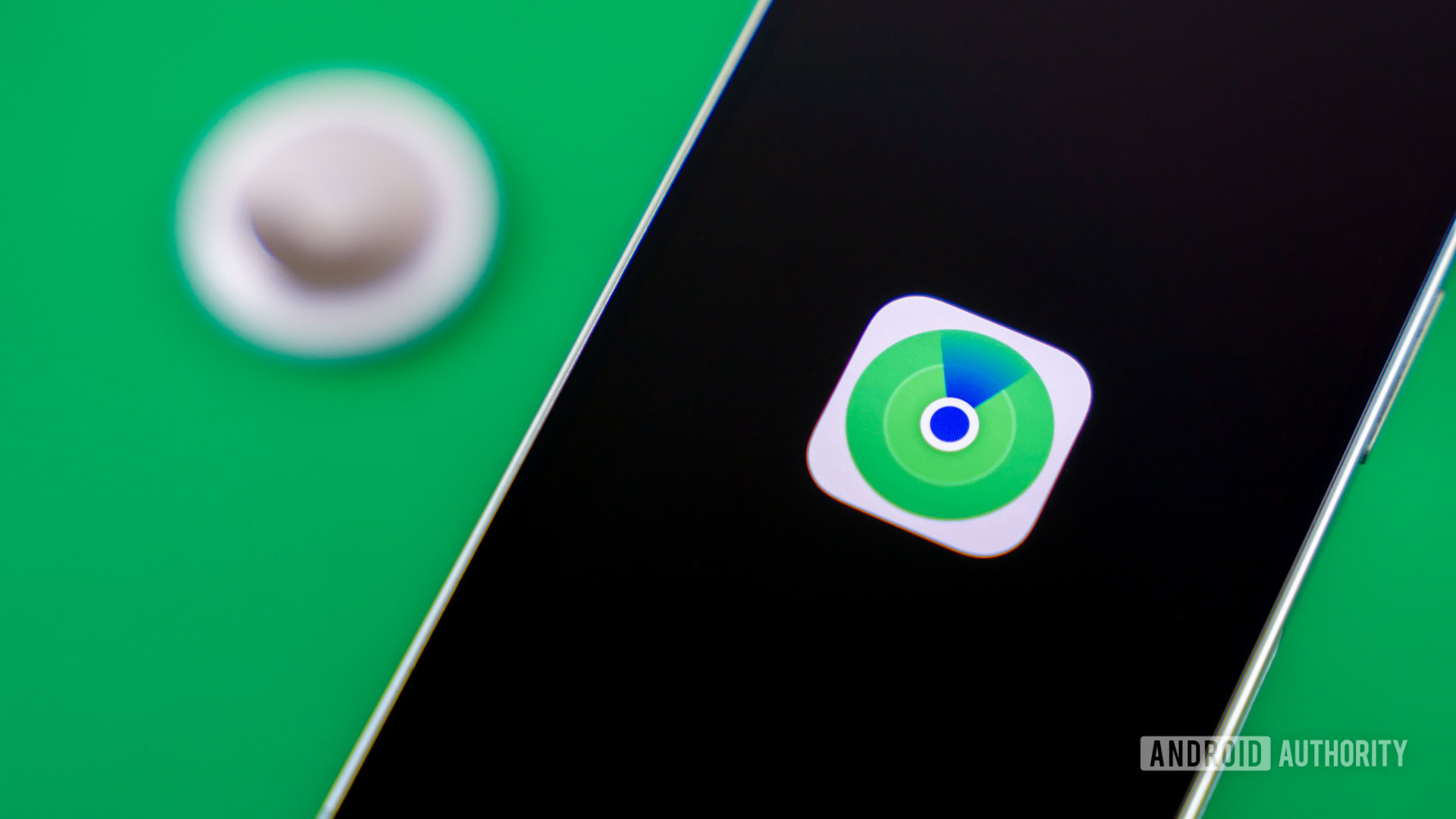
Winner: AirTag
Tile has a large user base, and all other users rocking the Tile app can help you locate your trackers. That said, the network pales compared to Apple’s Find My network. Apple often claims the Find My network is comprised of “hundreds of millions of Apple devices.” As of 2022, Statista claims there are over 1.3 billion active users!
This doesn’t surprise us. Apple is one of the most popular tech brands. Just think of how many iPhones, iPads, and Macbooks are out there helping you find your AirTag. A lot of people don’t even know about AirTags and are helping improve the network. Meanwhile, only other Tile users are part of the Tile network.
The scenario will change soon, though. Google has opened up its Find My Device network to third-party manufacturer trackers, allowing Android devices to track these accessories. Manufacturers like Chipolo and Pebblebee already have their options for pre-order. Sadly, it seems Tile isn’t joining the party. It might in the future, though.
Range
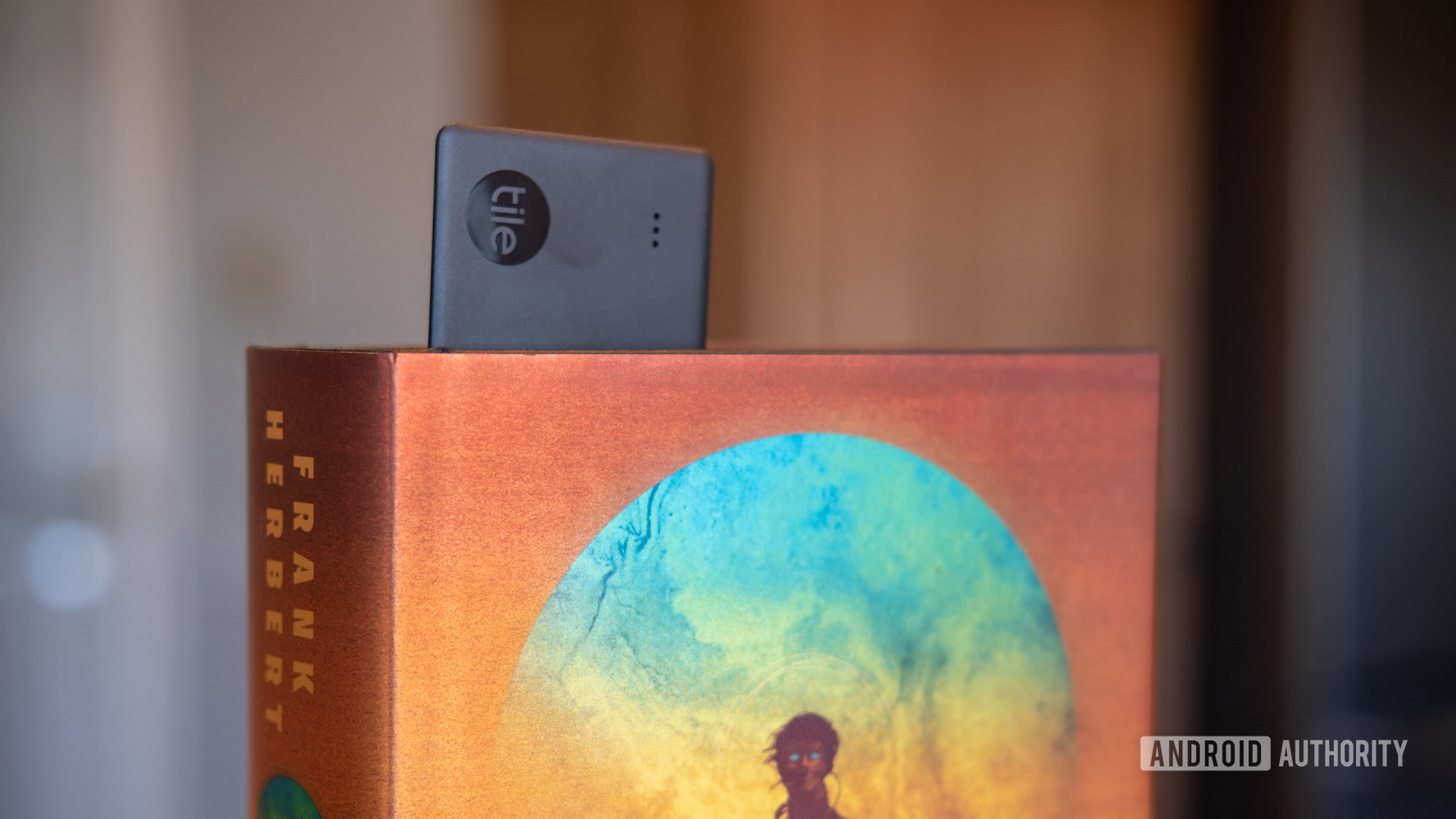
Winner: Tile
How far you need to be from a tile to locate it depends on the model. AirTag range is usually about 30-35 feet, but it can vary depending on your environment. It seems Tile might win this round. Their basic models are said to have a range of up to 250ft, which might make up for the smaller network. The Tile Pro has a longer 400ft range, which is rather impressive.
Tile vs AirTag water resistance
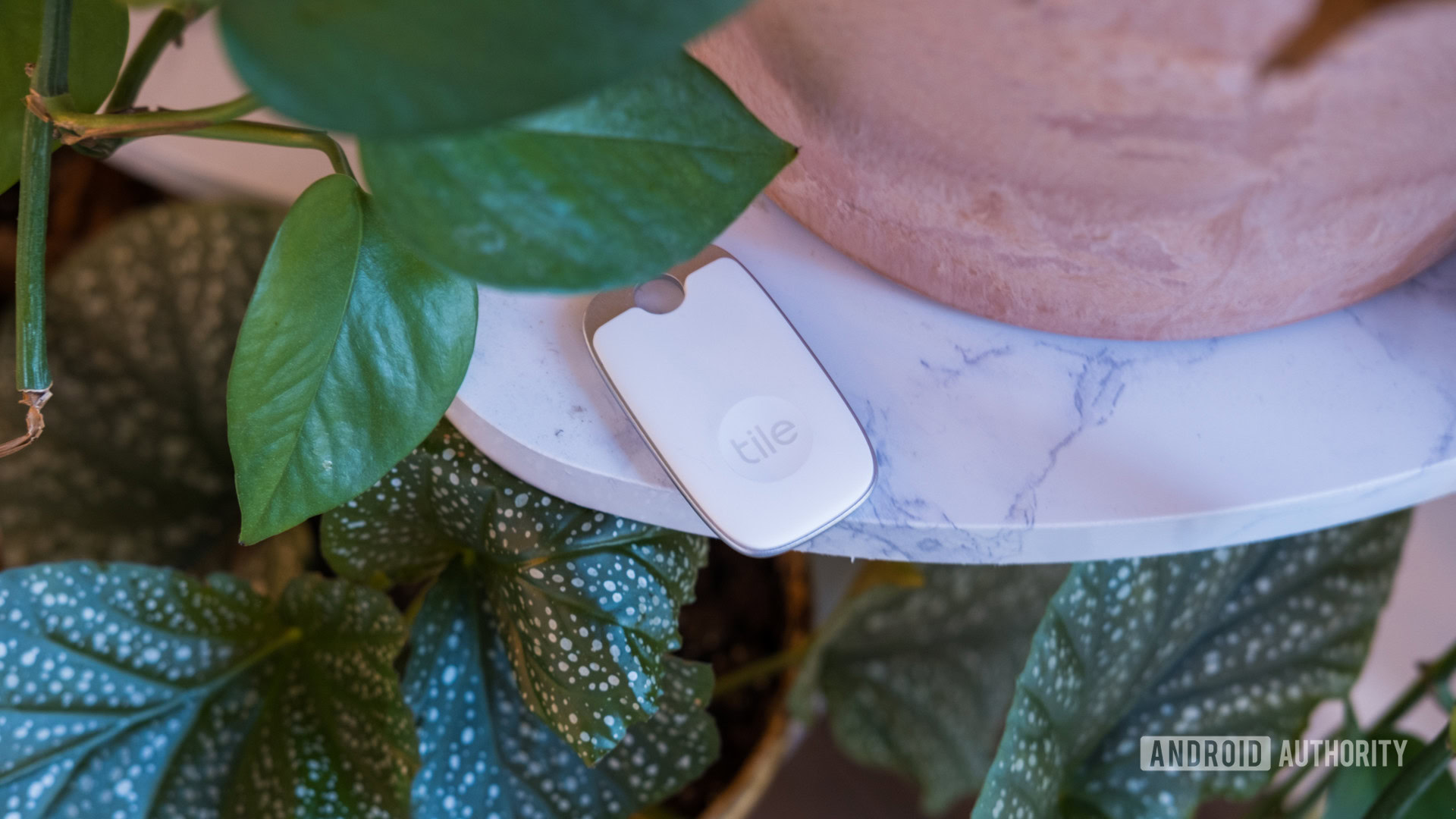
Winner: Draw
All these trackers are meant to be carried around, and sometimes even dropped or lost. This means they have to be able to survive a good level of torture, and they are made to. Apple’s Airtag and all current Tile models are IP67-rated. This means they are dust-tight and can survive submerging under 3.3ft of water for 30 minutes.
I have one in a motorcycle, hidden in a location where I’m sure it gets pretty wet and dirty. Not to mention, it endures a rumbling motor, potholes, plenty of wind flow, and more. I have encountered no problems with my trackers, so I can attest that these are pretty durable.
How good are the apps?
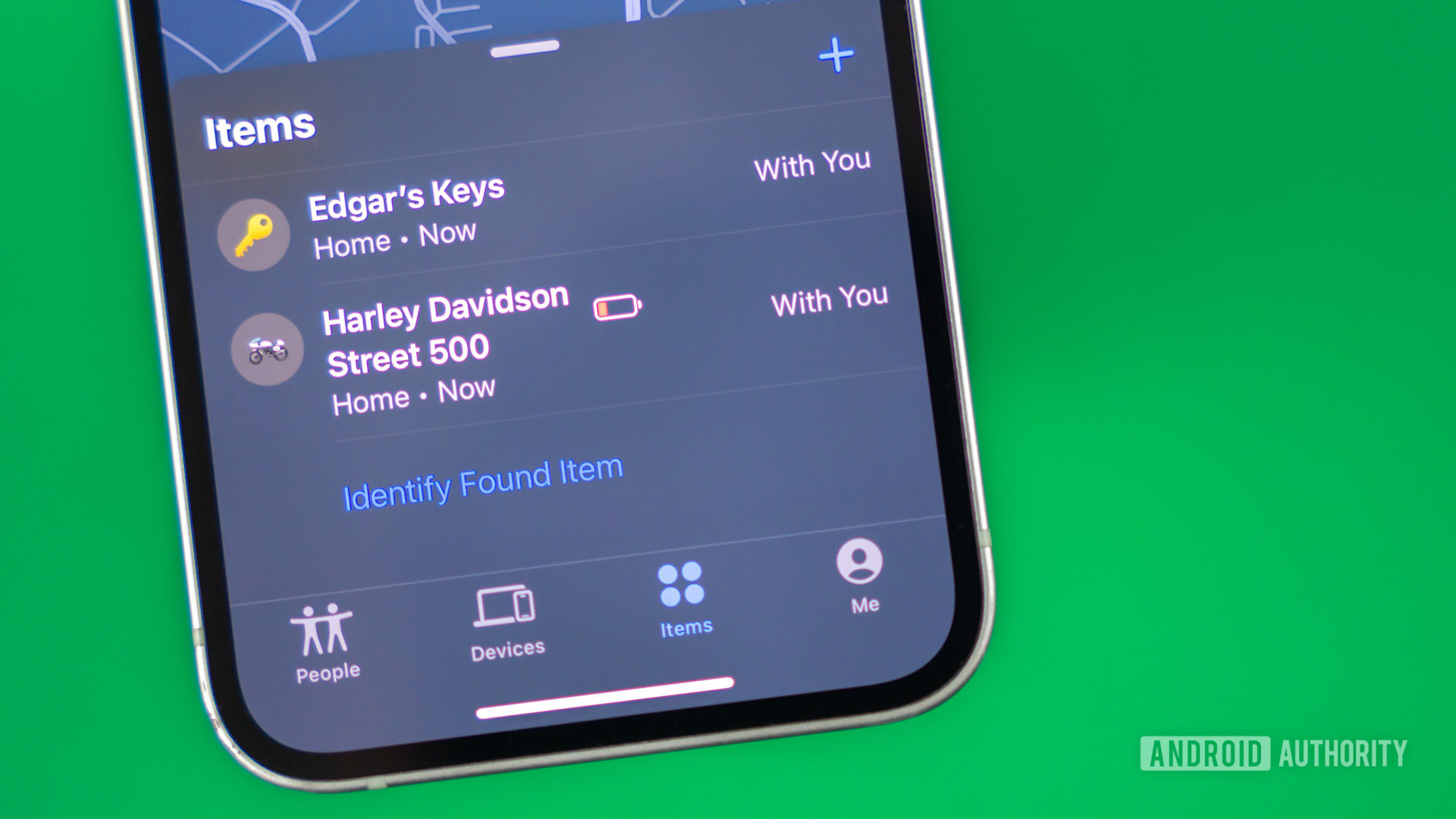
Winner: AirTag
Apple is known for its simple, efficient software, and the Find My app is no exception. Using the general tabs, you can easily navigate between tracked people, devices, and items. Then, you can quickly locate and control them using an intuitive interface. You can also access Find My from any browser, just in case you’ve lost your smartphone.
While not bad, the Tile app is a bit more confusing and convoluted. There are many more options, and they can be multiple taps away. We’ve also encountered some issues in our reviews. One of them is that Tiles can’t be removed after you activate them, which can be annoying if they break or you no longer need them.
Location precision
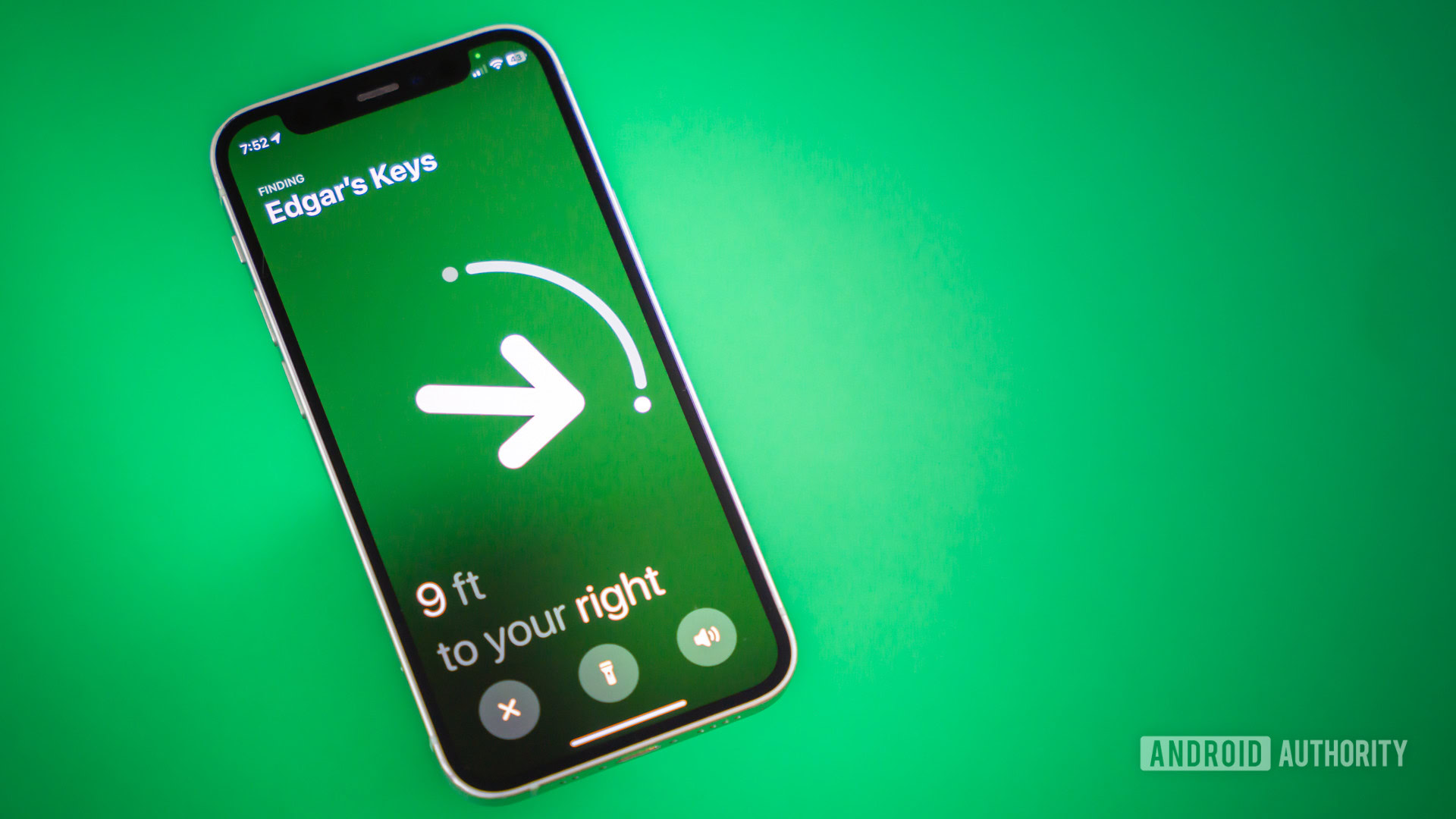
Winner: AirTag
The Apple AirTag uses ultrawideband technology, which helps you locate more than the general area where the tracker is. In fact, you can locate your tracker using your device, where you can see an arrow pointing directly toward it.
So far, no Tile device uses ultrawideband tracking. The company announced the first ultrawideband Tile, called the Tile Ultra, way back in 2021, but we haven’t heard anything about it launching more than three years later.
Pricing

Winner: AirTag
In the Tile vs AirTag debate, pricing is relative to your expectations. An AirTag has a $29 price point. Meanwhile, the Tile Mate is the cheapest at $25. The Tile Sticker goes for $30. Tile’s Pro and Slim models both go for $35.
As you can see, the average difference in pricing is minimal, so money shouldn’t be a significant factor when picking between Tile vs AirTag. That said, we believe Apple has a slight edge regarding value. The AirTag comes with ultrawideband and a much better network. These two factors can make it a better device, even when compared to the most expensive Tile devices.
Another important factor to consider is that the AirTag has no monthly costs. It’s free to use after purchasing it. You can use Tiles for free, but only for finding the tracker with your phone, or your phone with your tracker. Premium features will cost you a monthly fee. Tile has two paid plans: Tile Premium and Premium Protect.
Tile’s Premium and Premium Protect plans offer smart alerts, unlimited sharing, 30-day location history, a worry-free warranty, and “premium customer care.” Additionally, the Premium offers up to $100 in item reimbursement, if it can’t be located. The Premium Protect provides $1,000 coverage.
The Tile Premium plan costs $3 a month or $30 a year. The Premium Protect plan can be had for $100 a year. This means that using Tile can cost significantly more if you factor in a paid plan. That said, some of the added features sound very enticing. Especially the lost item reimbursement. This reimbursement promise may be enough to make this monthly plan worth your cash. And Apple has no similar alternative to this insurance-like service.
Tile vs AirTag privacy
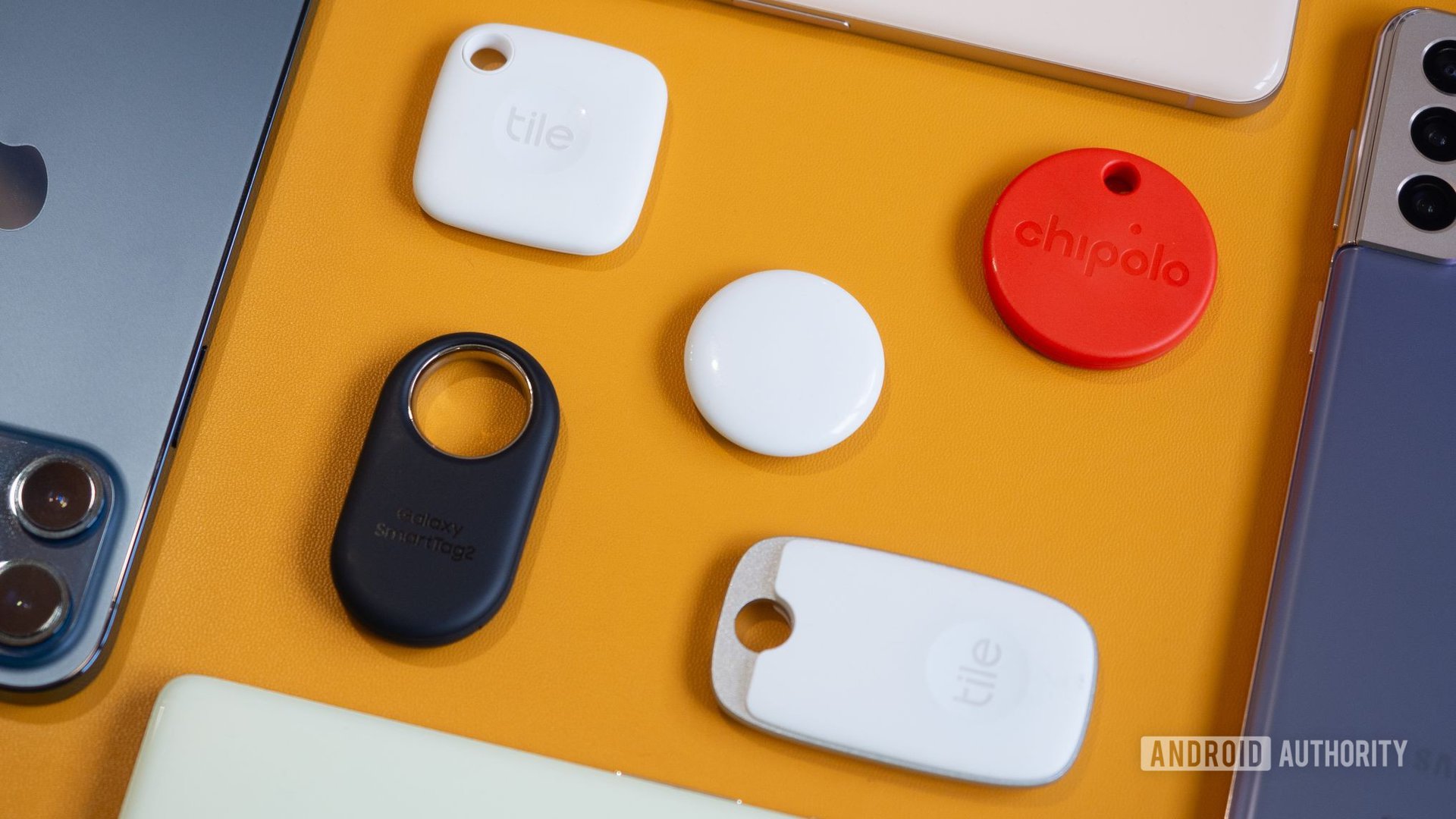
Winner: Draw
Apparently, some people took these excellent trackers and used them for stalking people. Complaints about jealous partners and thieves tracking locations became an issue, and everyone had to devise a way to keep people safe from anonymous stalkers.
Tile released its Scan and Secure feature. You can use it by downloading the Tile app. You won’t need to sign in or create an account. Simply open the app, and you’ll see a Scan feature in the top-right corner. Go into it and then select Scan and Secure. Just follow instructions, and you’ll know if an unknown Tile is following you when driving or walking.
In the case of AirTags, Apple will automatically tell you if an unknown AirTag is following you around, given you’re using an iOS device. If you have an Android phone, it will also let you know if a tracker is following you. I actually get this notification on my Android phone all the time (I use both platforms), and it’s getting quite annoying. If your phone doesn’t do this automatically, you can download Apple’s Tracker Detect app from the Play Store.
Tile vs AirTag: Which is best?
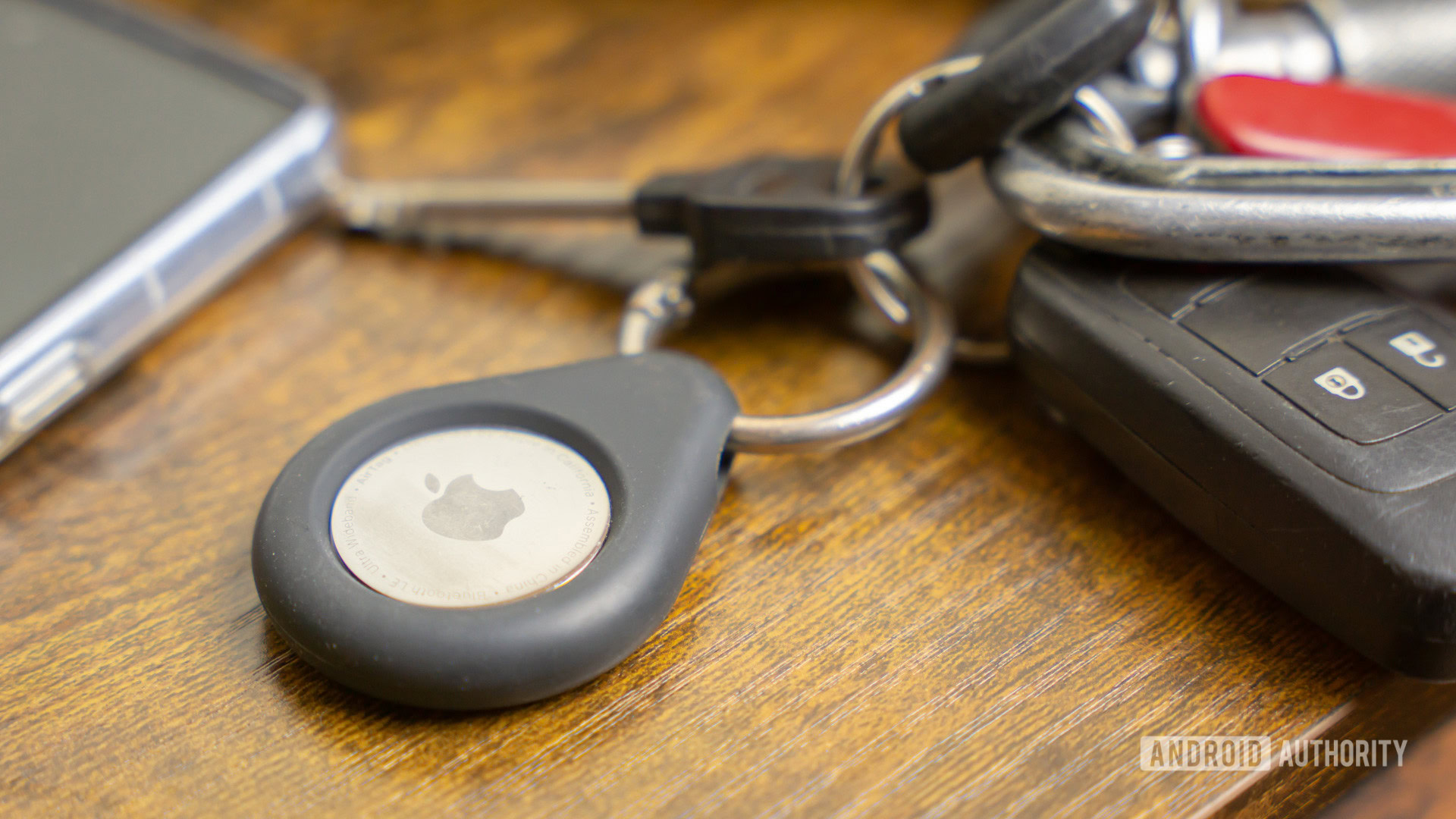
As it usually goes with these comparisons, the answer is relative to your needs and wants. Those using Android will have no option but to go with Tile, which offers great trackers, because AirTags don’t work on Android. In addition, Tile offers different form factors that can prove to be more convenient depending on what you want to track. Additionally, their range is significantly better.
If you don’t care for the different designs and have an iPhone, you should definitely consider going with AirTag for your tracking needs. They work seamlessly with iOS, you won’t need any third-party apps, and Apple offers a significantly better network. Unlike most other Apple products, AirTags are pretty competitive in pricing, and some might argue they offer better value than Tile’s alternatives.




Three-year battery life
IP67 rating


Operating system flexibility
Simple button controls
All that said, there are now more alternatives that might be better alternatives to Tile trackers. Newer Bluetooth trackers can come with support for Google’s Find My Device network, and there are other trackers that work with Apple’s Find My network. You can check these out in our list of the best Apple AirTag alternatives.
Tile vs Airtag: How tracking devices work
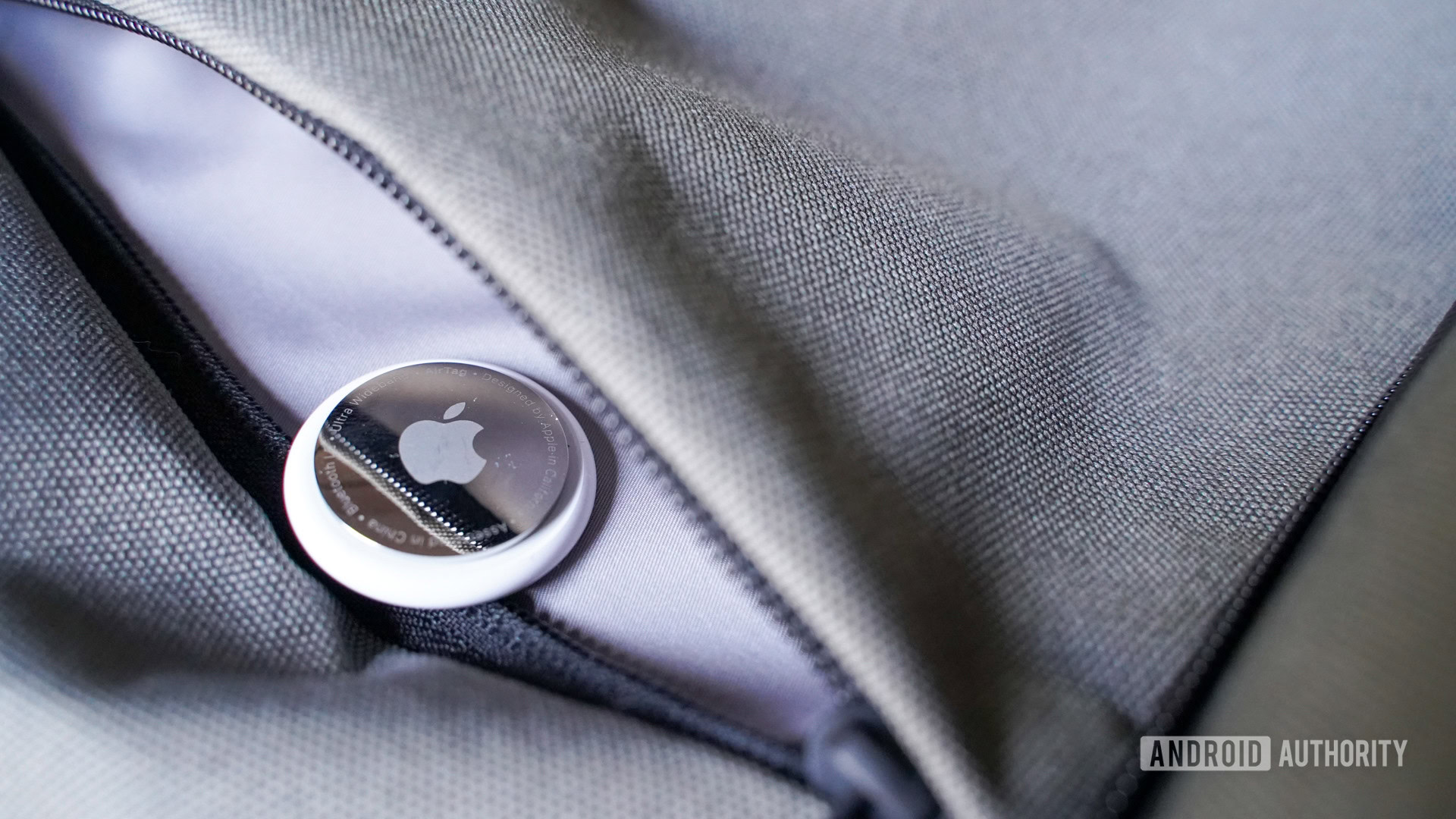
Tile and AirTag trackers work very similarly. These tiny gadgets can be located using Bluetooth Low Energy technology. Both companies have created networks that can help find their trackers instead of using more resource-intensive technologies like GPS. Instead, any other user can help identify a tracker within close proximity. The range varies, but it’s usually best at around 30-40 feet. If another user gets close to your lost tracker at a coffee shop, it will record its location and anonymously share it with you.
The fact that such close proximities are needed to locate a tracker means this is a better solution for urban or suburban settings. If you drop your tracker in a field or some random forest, chances of it being located by others are slim to none.
Some more advanced trackers also use UWD, or ultrawideband. This makes it possible for trackers to be more precise. Instead of letting you know a tracker is in a specific room, it can direct you to its exact location; say, over a particular chair. Sadly, none of the Tile trackers have UWB, while the AirTag does.
Both Tile and AirTag devices use a very discrete watch battery; they cannot be charged. This means you’ll have to replace batteries when they die, but they have an insanely good battery life, as they use very low power-consuming technologies. Battery life is usually about a year for most location trackers, and some can live up to three years.
